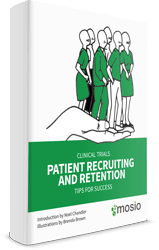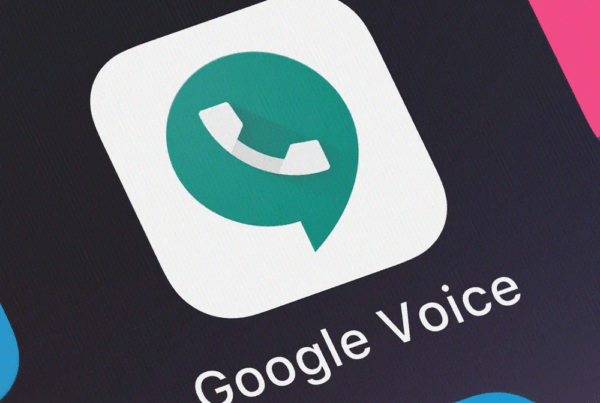Improving Patient Recruitment with Text Message Study Alerts
Patient recruitment is one of the largest stressors for a clinical research site, as the excitement from a new study award can quickly turn to generating a complicated and task-intensive to-do list to recruit patients:
- Go through site records to find prequalified patients
- Call prequalified patients
- Follow-up calls with prequalified patients
- Practice leaving detailed and convincing voicemails for prequalified patients
- Email prequalified patients.
What are Text Message Study Alerts?
Text message study alerts is an efficient way to engage and inform patients of new studies through text messages, a proven method that has been shown to improve recruitment and enrollment in clinical trials.
Study Alerts use your existing data from a patient database or CTMS to send personalized text messages to prequalified patients after an inclusion/exclusion criteria search is performed and uploaded to two-way text messaging software.. Thus, only prequalified patients will receive messages for your new study, complete with information to reply via text or voice call to your site.
Working with Text Messages
Below are a few tips to keep in mind when working with text messages in alerting patients of new studies:
- Each text message may contain up to 160 characters; any more characters will carry over into a separate text message.
- Your message should include your site’s contact information so that patients can respond to your alert.
- Keep your messages simple and concise. Focus on including only important information.
- Ensure that all necessary patient recruitment messaging and materials have been approved by the IRB.
- Remember that there are FDA-established guidelines for recruiting study subjects. These guidelines state that the advertising should not be “unduly coercive” or “promise a certainty of cure beyond what is outlined in the consent and the protocol.” An article by Quorum Review IRB includes some excellent commentary and examples on coercion in clinical trial recruitment materials.
What Do Effective Study Alerts Look Like?
We used the aforementioned guidelines to design scenarios (below) on effective Study Alert text messages. For simplicity purposes, the scenarios focus on a rescue inhaler asthma study.
I want to send a general recruitment message to anyone with asthma at my site.
I want to recruit patients who are not doing well on their current medication or have no available medication that aids their condition.
Implementing study alerts for quick and effortless patient recruitment can significantly improve operational efficiency and enrollment effectiveness. 95% of mobile phones are able to receive text messages, making it a perfect way to reach out to your existing patient database for better response rates.
We hope you’ve enjoyed this information and it helps your recruitment and enrollment efforts. For information and a free consultation/quote on leveraging your patient database to improve study enrollment using Mosio’s Study Alerts, visit http://www.mosio.com.
——
Have you downloaded our free Patient Recruiting and Retention Tips eBook?
Featuring over 65 tips from clinical research experts in recruiting and retaining study participants. Download Here














